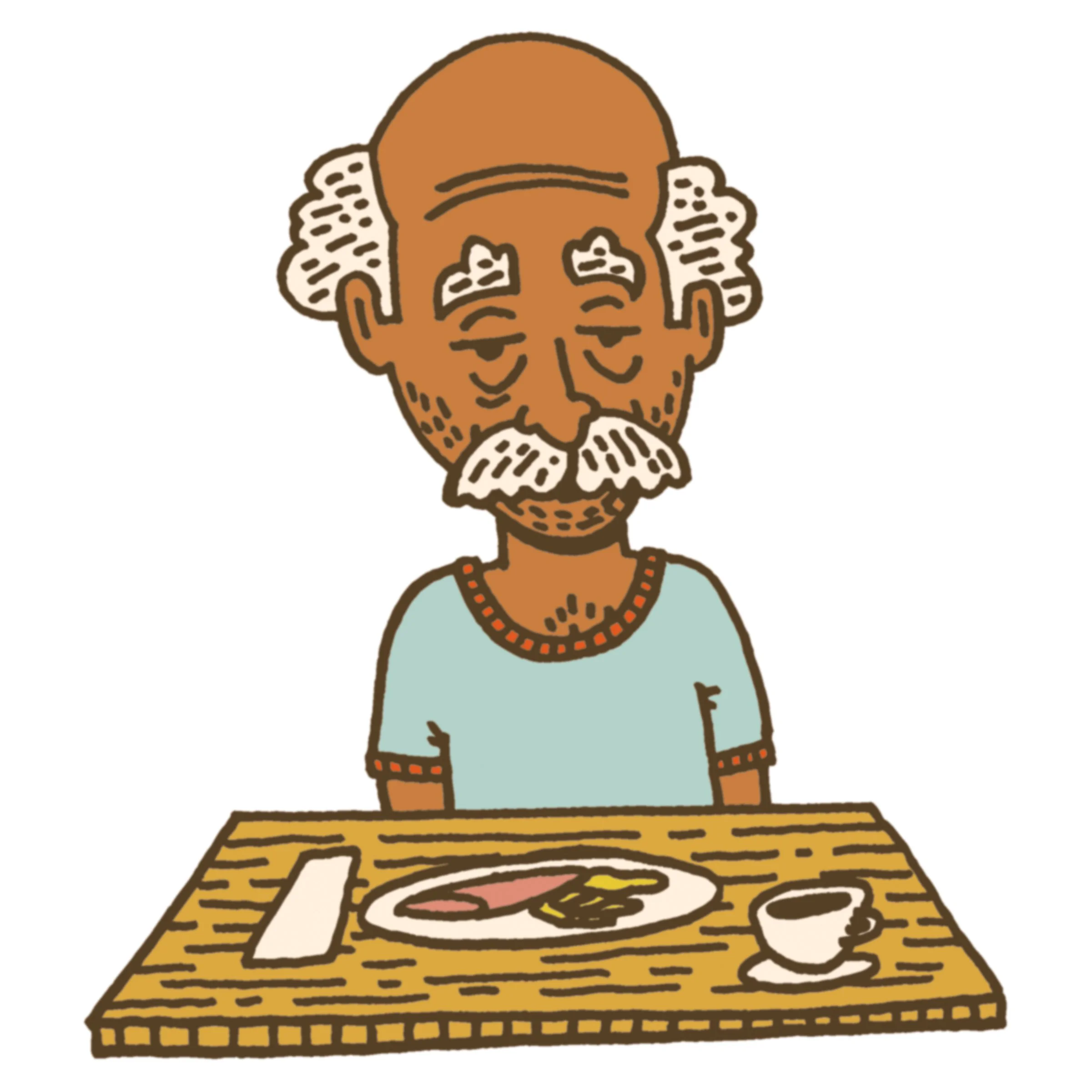Christopher Leonard
The news of Donald Trump’s re-election could be repurposed as the opening line of an obituary, a death notice that finally declares the end of broadly shared truth in the United States. This obituary has been a long time in the writing and comes as news to nobody. But Trump’s inauguration made it definitive.
Trump’s very campaign was defined by impassioned movements of Americans who operated in opposing mental realities. Donald Trump is, depending on where you get your information, either a crypto-fascist authoritarian bent on destroying American democracy, or a champion of the little guy buoyed by the votes of masses seeking to depose the Deep State elite. If you watched MSNBC or read The New York Times, Trump’s criminal conviction in New York was the long-delayed verdict on years of fraudulent schemes by a con man and serial sex predator. If you got your news from Steve Bannon’s “War Room” podcast, or from OAN, then the conviction was an act of legal warfare carried out by Trump’s amoral enemies in the government bureaucracy, determined to derail the first successful populist political movement in decades. The January 6th rioters were either violent insurrectionists, or brave patriots, depending on the scroll in your phone.
The death of shared truth was illuminated, in the days before Trump’s inauguration, by the blinding light of wildfires that raced down the parched mountainsides outside Los Angeles and consumed whole neighborhoods in flame. The wildfires are a totemic event that show how things are going to go over the next four years.
A diligent and hardworking group of journalists reported what was happening. These reporters worked for The Associated Press, KNBC television, The Los Angeles Times, and other outlets that shared news of events as they unfolded. Most Americans, however, didn’t get news about the fires from these firsthand reports. They got it from an ecosystem of online personalities who didn’t report the news but instantly interpreted it, using the events to reinforce and enliven their broader political narratives. The flames instantly stoked politicized stories, leaving the underlying facts in ashes.
On Steve Bannon’s show, which enraptures an audience of millions of Trump faithful, the fires were a casestudy in liberal incompetence. The fires exposed the rottenness of the “illegitimate Biden regime” and its corrupt proxies in California’s government. These smug liberals, Bannon explained, weren’t just corrupt and incompetent, but might very well be driven by their hatred of normal Americans to let the fires burn. On “Democracy Now!,” which reaches millions of liberal radio listeners and millions more online readers, host Amy Goodman interviewed a series of experts who explained that the fires were the culmination of years of corrupt public policy allowing climate change to accelerate to the benefit of the fossil fuel industry. This is the new normal, they explained, in a world which is warmer and more unstable, with 2024 being the hottest year on record. Hurricanes, fires, and floods are increasingly overwhelming our government’s ability to respond.
What this means is that Americans will emerge from the conflagration with diametrically opposed visions of what the fires meant, and what we should do about them. We have seen this before, of course, with the Covid pandemic. And we should accept that going forward, the idea of a broadly shared narrative is over.
Those who write and report the news for a living need to figure out what this means for the business of truth. They face an audience that has been fractured, re-fractured, and then splintered again into countless silos of narrative. So what does this mean for the future of reporting and fact?
First, reporters need to look at the bright side. The media structures of the past have been consumed in their own kind of fire, and their collapse has restored to journalism something that has been missing for a long, long time: humility. Readers no longer trust reporters and no longer take reporters’ word on anything. A journalist has to show their work. They can’t take a reader’s trust for granted. They must realize that a reporter’s word is no more sacred than anyone else’s now. When a reporter’s voice loses authority, then the only remaining thing with authority is the reported fact. And this is how it should be. Big media outlets earned the derision of the public over many decades by speaking down to it, condescending to believe that journalists could tell people what to think. A small example: It was once commonplace for the political press to decide early on in election season which presidential candidates were serious, and which were a joke, a judgment the press communicated relentlessly to shape campaigns. If voters rebelled against anything in the repeated elections of Donald Trump, they rebelled against this.
Humility can lead journalists to see a second ray of hope in the smoke. Reported fact really is still important. Original reporting is the endangered headwater of today’s riotous media ecosystem. One original fact, derived from a reporter on the ground, now echoes out and feeds into the entire sprawling network of Instagrammers, Tik-Tokkers, YouTubers, podcasters, and commentators. The new generation of influencers interpret everything, but report nothing. They would wither and die without real journalists on the ground, who discover what’s happening. So reporters can know that they are carrying this system on their backs, even if reporters can no longer dictate how their reporting is interpreted, believed, or acted upon. Only humility can keep a reporter sane in this world. The reporter must continue the work, even if they have lost control of its immediate outcome. Everyone depends on it.
But does the reporting still matter, after the death of shared truth? Of course, it does. Politicians might brag and provoke and fill the airwaves with bluster. But all politicians, including Trump, know that their hold on power is tenuous. American politics is more contingent, more unstable, and more vulnerable to competing blocks of power than ever before. Every election is a change election, and nothing seems to last for long. Facts and reporting feed into this political arena as well. Narratives drive political movements, and facts do still drive narratives.
So every reported story matters. This is another, deeper lesson of the wildfires. One spark can carry far.










